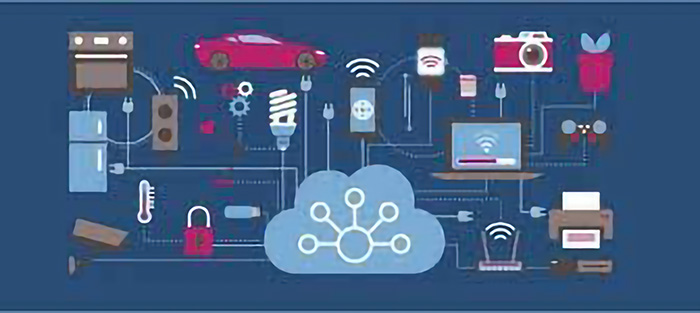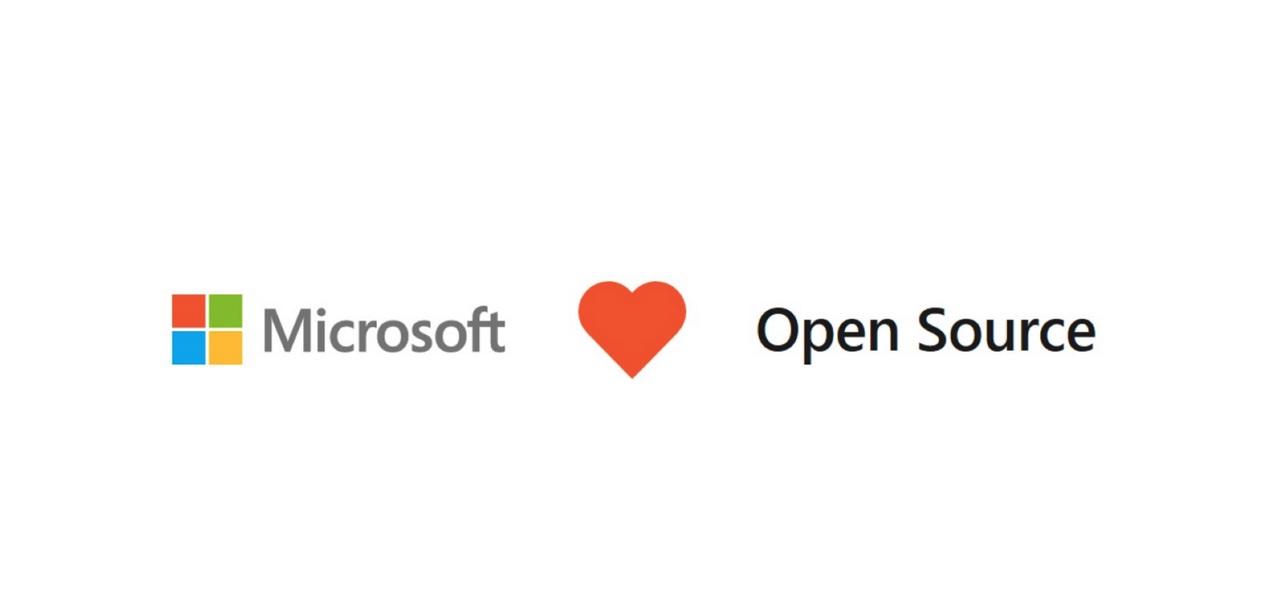As RSA 2016 came to a close in San Francisco last week, I wanted to highlight a few of the key trends that I picked up on at the Expo and during the conference sessions.
The hottest new trend was Big-Data Analytics – many existing vendors, as well as new ones, seem to have jumped on this particular bandwagon. The Expo floor was full of vendors explaining how analysing big data was the key to detecting security threats. The apotheosis of this trend was to be found in the following slogan, slung high above one of the booths:
Following on from the data-science/big data trend is the topic of machine learning. ML has been touted as the answer to many problems over years, but as always the reality has fallen short of the hype. However, ML has found very good niches (e.g. Expert Systems) where it can be very helpful in solving well-specified problems, when provided with the right data for training and evaluation. For example ML is a key component of some of the next-generation malware detection companies such as Cylance. This week, Microsoft gave a very interesting presentation on the use of ML in their Azure environment to detect fraud and abuse, including a lot of detail on how they prepare and evaluate the data, although the math involved in actual ML algorithms was beyond me (and the presenter, as he cheerfully admitted :).
If you stay in any industry long enough you will inevitably see ‘trends’ re-appear. This year was no exception with the return of end-point protection, helpfully rebadged as “Next-Generation Endpoint Protection” possibly so that us old-timers don’t get confused and start thinking it isn’t new. No doubt big-data is involved, and data scientists, as well as possibly machine learning…
The areas that inspired me most from RSA this year have been identity management, as detailed in my previous posts, and machine learning. I look forward to experimenting with machine learning to see if it can be used in conjunction with the anti-abuse systems we’re developing here at Open-Xchange. Whether many of our customers will have access to the 1200+ servers required to run the Azure Machine Learning system remains to be seen!




-png-2.png)
